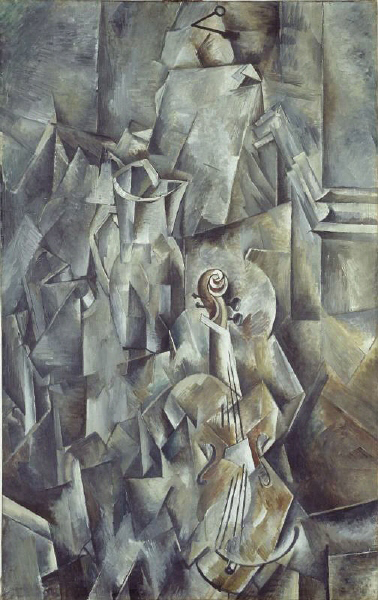To exist is a shattering experience. To become human is to learn the ways of healing. View the study sheet here. Watch the recording here.

We are in an age where we are particularly adept at shattering things. So much of what we have relied on from the past to guide us into the future no longer holds firm. Some of these disruptions may birth advances in our well-being. Others threaten an unyielding devolution of social order and perhaps existence itself.
We experience this dynamic of disruption in our most intimate and in the most global of affairs. Without any sense of equivalence or judgment of value, a scan of such shifts, some minor and some more seismic, includes: rules on the use of pronouns; the peaceful transfer of power in a democracy; the melting of polar ice caps; gender and identity fluidity; the dress code on the floor of the United States Senate. Tradition is shed, and what tomorrow will look like is less than clear.
This summer’s “Barbenheimer” phenomenon provided an artistic commentary on this trembling moment: the splitting of the atom allowing for construction of the atomic bomb and the dissolution of Barbie’s death-free world. The end of a war by an instrument that is death on unprecedented scale and the end of an eternal familiarness by a choice that opens the vista to an unpredictable future.
In May 1946 Albert Einstein issued a call for contributions to a fund “to let people know that a new type of thinking is essential” in the atomic age: “The unleashed power of the atom has changed everything save our modes of thinking and we thus drift toward unparalleled catastrophe.”
Movements in art often reflect shifts in our social world and provide a vocabulary for a “new type of thinking.” At the same time that Einstein and others were disrupting hundreds of years of classical physics with their developments in the areas of special relativity, general relativity and quantum mechanics, artists were displaying on their canvasses the multi-dimensionality of the world.
Pictured here is Georges Braque’s Still Life with Violin and Pitcher. It is one of the earliest Cubist paintings. The Cubists shattered the one-dimensional certainty of objects and revealed their multiple planes of existence. Instead of a single perspective, they examined different sides simultaneously. The body of the violin in Braque’s piece is viewed straight on with the strings facing us, but the neck torques to the side. It is not only the object which is described in its multiple composite nature. The empty space around it is shattered into facets. The intervals no longer exist. They too are filled with substance and volume, with mass that is energy.
The Cubists surpassed the boldness of the Impressionists and Post-Impressionists in their assertion of artistic sovereignty. The Impressionists and Post-Impressionists had elevated the artist’s subjective experience of nature over any need to replicate nature. The Cubists proclaimed their power to dissolve and reconstruct nature in their own terms. A pitcher can exist suspended in mid-air. A violin can both lie flat on a table and stand up from it. The Cubist artist created a world which has its most essential origin in the artist’s own self.
This triumph of the self could exist only because of the collapse of traditional frameworks that was ushered in by the Enlightenment. The social power of religion declined. Nobilities lost control over governments. Critical thought displaced doctrines of faith. This is the world in which we live.
No less an advocate for modernity than Nietzsche worried about what might result from the collapse of traditional structures, including religion. He feared that nihilism and cynicism might grow rather than higher levels of responsibility and meaning. Is there a way to grow into greater freedom without the chaos that is the result of separating from received traditions?
That is the very question addressed in Parshat Ha’Azinu. Moses has led the people for forty years. He brought them the Ten Commandments. Jewish commentary sees him as the champion and conveyor of written law, divine permanence. He sings to the Israelites a song designed to ensure a successful crossing over from wandering to settlement. Yet, he does not sing it by himself. He is joined by Joshua, the one who will guide the Israelites in the execution of the sacred mission. Jewish commentary sees him as the champion and conveyor of oral law, human interpretation responding to evolving circumstances.
The song itself is physically constructed on a Torah scroll page as two pillars side by side. This design conveys a sense of strength in this dynamic relationship of tradition and its refraction through evolving interpretation. The shattering on Braque’s canvass is not a rejection of the violin’s purity. It is a celebration of it.
Join us here at 7:00 p.m. (PT) Thursday September 21 as we explore the power to shatter, the power to heal.









